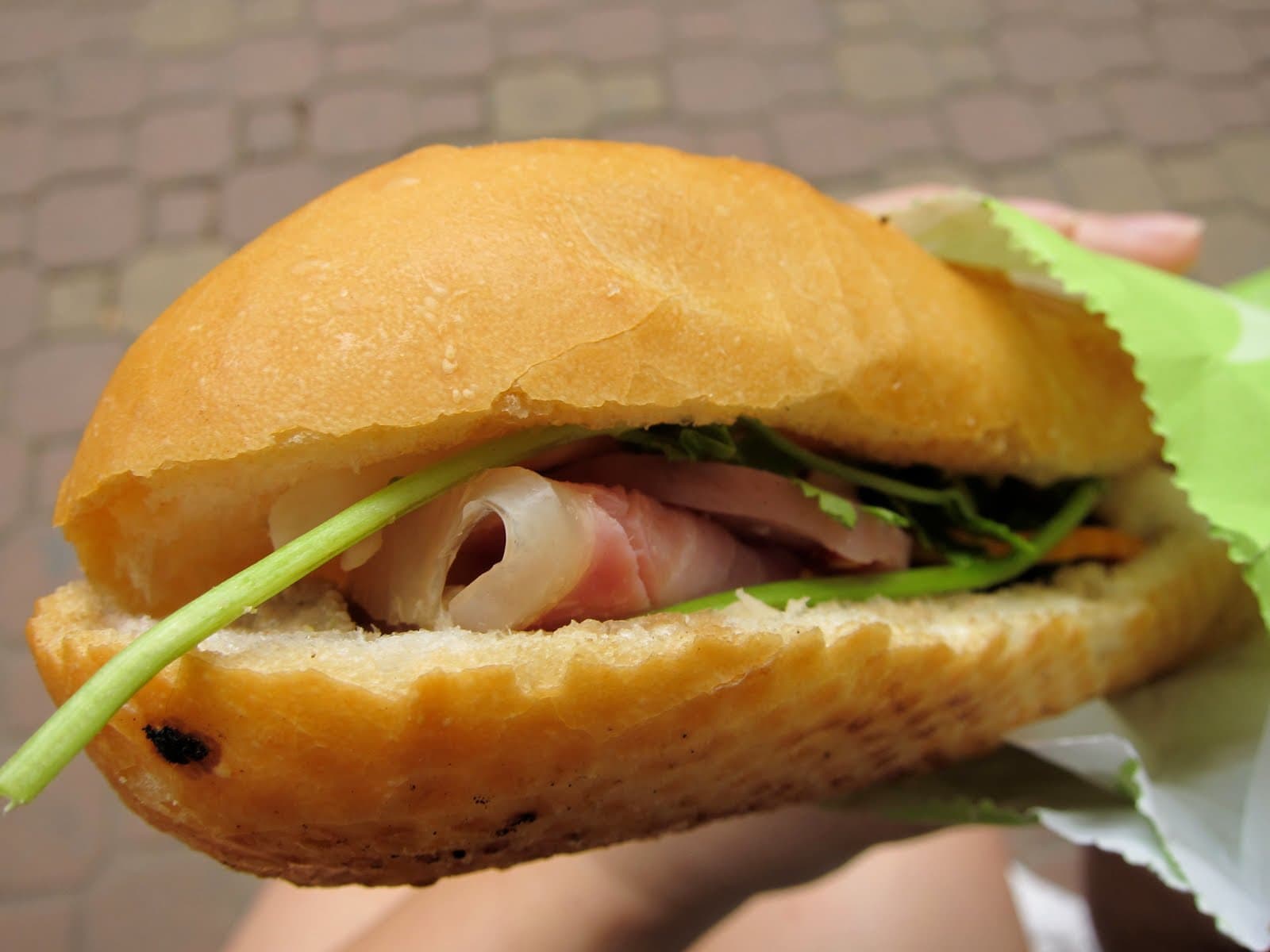
Eating the History of the Vietnamese & French.
Banh mi has a fascinating past with its European influences, local preferences, and worldwide popularity. Here is a brief banh mi history to how the sandwich was created:
Timeline of the Banh Mi History
“Banh mi” literally translates to “bread”. The sandwich is an iconic Vietnamese staple eaten for breakfast, lunch, or snack.
1887 to 1954
During the Indochinese Union from 1887 to 1954, Vietnam was a colony of France. The French living in Vietnam would bring in their own foods as they disapproved and frowned upon local food, and at the same time disallowed locals to eat French food.
Among the food imported included coffee, ham, pate, butter, and, of course, their baguettes. In order to make fresh bread, they also brought in French wheat which was expensive because of the importation process.
It’s interesting to note that one of the breads made was a soft white bread called “pain de mie” – quite similar sounding to “banh mi”.
After the French left the country in 1954, the Europeans goods remained in the country and became accessible in Saigon for locals at discounted prices. This resulted in new local creations like Vietnamese coffee using canned condensed milk and banh mi using French bread.
1950s
The last half of the 1950s saw the evolution of banh mi to flavor combinations that we know of today. The sandwich has it all: crunchy and soft textures , warm and cold temperatures, and sweet, savory, sour, and spicy flavor profiles.
First, the bread changed to the local preferences. Vietnamese baguette defines itself as smaller, lighter, and airier. The crust is thinner and flaky so that it breaks apart and delicious crumbles with each bite while the inside has a soft, fluffiness.
Then, the filling was partially influenced by how the French ate their baguette with butter, ham, and pate. The Vietnamese use their own cuts of ham or pork slices along with locally-made pate. Some vendors continue to use butter, while others use mayonnaise as a cheaper option.
On top of the French-inspired condiments, the Vietnamese banh mi also includes pickled carrots and radish, fresh cucumber and cilantro, as well as chilies. For added flavor, you can also see some include splashing on fish sauce or Maggi.
For variety, sandwich fillings go beyond ham, with roasted pork belly, chicken or pork floss, fish patties, and basically whatever protein you have available.
1970s to Today
The 1970s witnessed the global spread of Vietnamese cuisine, particularly pho and banh mi, as millions left Vietnam after the fall of Saigon. Vietnamese then formed their own communities where they settled around the world as well as opening their own restaurants to continue to enjoy their food.
From there to today, the world can now enjoy banh mi as incredibly cheap street food or as a most premium sandwich in beautiful restaurants.
Read more about Banh Mi:
Banh Mi – Food Photo Chronicles from Vietnam
Banh Mi Recipe – An Easier Way to Make it at Home
Sign up for my newsletter on the sidebar for blog updates and my travel insider tips! And, check out my vlogs on YouTube!


